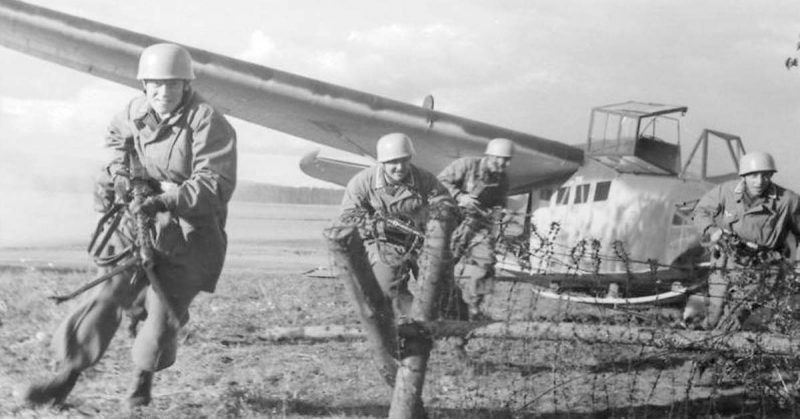After WWI, Belgium, being one of the countries with the highest casualty count, tried to balance between a ravaged economy and the high unemployment rate of the Great Depression era.
Subsequently, the country declared military neutrality in 1936, stressing out that in order to deal with internal problems, Belgium needed to lead a Politic of Independence (Politique d’Indépendance).
The Army turned to modernization, reorganization and fortification efforts, building advanced defence systems on its border with Germany.
Fort Eben Emael on the Belgian-Dutch border was built in 1935 as part of the much larger system of defense known as the Koningshooikt-Wavre Line (KW Line).
May 10th is the anniversary of the storming of the fort. Since it survived the war, it is listed under the military property, but available for an organized visit.
Here are some quick facts:
10. Strategic position
The fort is located along the Albert Canal at the junction between the Belgian, Dutch and German border, 20 km northeast of Liege and 10 km south of Maastricht in the Netherlands, built in the Mount St Peter. It overlooked the three bridges on the Albert Canal which were a vital factor for a successful land invasion of Belgium.
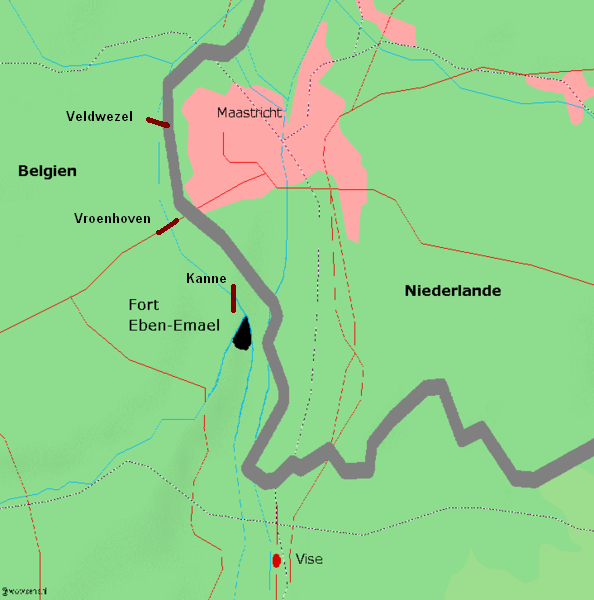
The bridges were guarded by the Belgian 7th Infantry Division which supplemented the fort’s garrison in case of a battle. Each bridge was defended by four large concrete pillboxes armed with anti-tank weapons and machine guns. All three bridges could have been destroyed by demolition charges that were controlled from within the bunkers if it was deemed necessary during wartime conditions.
9. Largest in the world
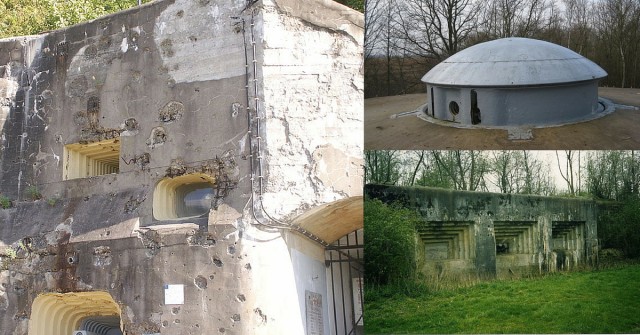
When it was constructed in 1935, the fort was considered to be both impregnable and the largest of its kind in the world. The irregularly-shaped fort is about 600 meters (2,000 ft) in the east-west dimension, and about 750 meters (2,460 ft) in the north-south dimension. The fort consisted of 15 armed points – blocks, pillboxes, cupolas, casemates and machine gun nests.
During its function, the fort used 120 mm and 75 mm guns, which enabled it to successfully bombard the surrounding area in case of a siege. The cupola 120, which featured a twin 120 mm canon turret could achieve the range of 17,5 km. There were three dummy 120 mm turrets placed on different parts of the fort in order to cause confusion among the enemy. Its backbone were the 60 mm anti-tank guns which guarded the fort against a frontal attack.
It possessed walls and roofs composed of 1.5 m thick reinforced concrete, as well as four retractable casemates and sixty-four strongpoints. The entire compound was surrounded by a perimeter ditch. With improved ventilation system and comfortable living conditions, it guaranteed to last in a struggle against a much larger opponent.
Its underground galleries extend over 4 km beneath the hill, connecting combat positions, barracks and the power plant which provided an independent source of electricity.
8. The Garrison
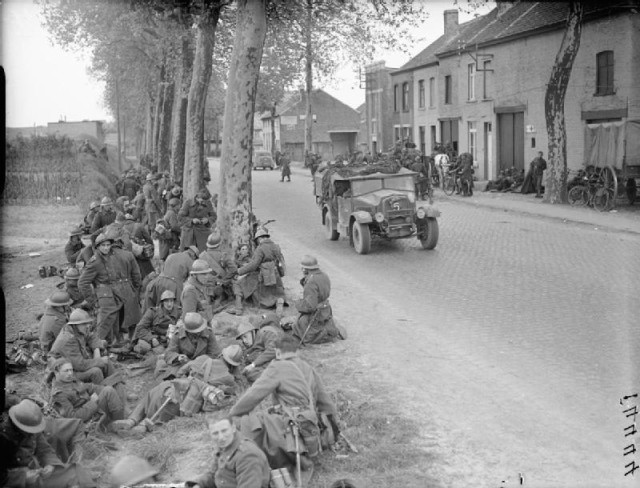
At the outbreak of the war, the fort was commanded by Major Jottrand. The fort’s garrison consisted of 1,200 troops divided into three groups ― the first group was the technical support personnel (doctors, cooks, gun-maintenance technicians, etc.), the second and the third group were the artillerists (500 per group) divided into two shifts during peacetime.
The shifts were organized on a weekly basis. One group would man the fortress while the other would take leave in the nearby village of Wonck. The men fairly lacked training and experience, since the crew was mainly made of conscripts and reservists in 1940. Notice that the fortress itself had no personnel with infantry training.
7. Complementary to the Maginot Line in France
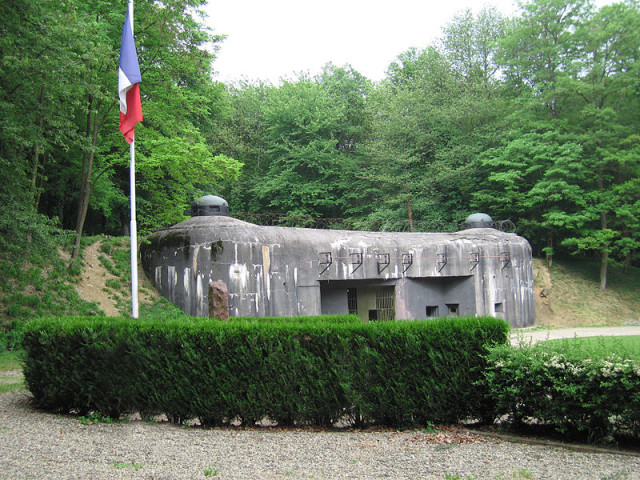
Built in a 10 year period between 1928 and 1938, the Maginot line also drew its inspiration from the WWI experience. Deemed impregnable, it defended the eastern French border, directed towards Germany. When the Allied Control Commission was abolished in 1927, as a good-will gesture for European reconciliation, the French remained suspicious towards their eastern neighbor.
The defense line was built, consisted of numerous bunkers, pillboxes, artillery turrets and underground tunnels, that stretched from Belgium to Switzerland. The French didn’t want to provoke the Belgian government over their neutrality claim, by strengthening the defensive positions along the Belgian border. They also relied on the newly established defense system that Belgium had acquired in the 1930s, with the Eben Emael Fort as its crown representative.
This gave Hitler an upper hand since both the French and the Belgians believed that even a war monger like Hitler wouldn’t so easily break the neutrality claim.
6. Elaborate plan
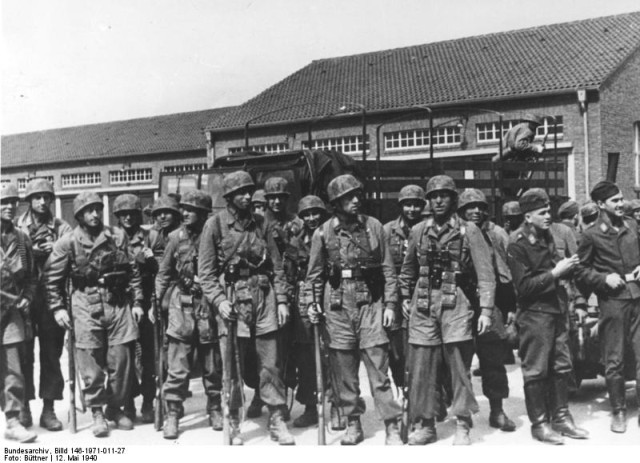
The taking of the Eben Emael fortress was Hitlers top priority in order to avoid the French Maginot Line. The mission was part of a much larger invasion plan that included conquering Netherlands, Belgium, and Luxembourg in a single blow, by launching a large-scale simultaneous invasion. In order to demonstrate its tactical superiority, Hitler insisted on using gliders for the invasion. This daring and (for that time) rather an eccentric approach was intended to prove the might and ingenuity of the German Army against their conservative and old-fashioned opponents.
The Belgian anti-aircraft defense relied on the sound location and the radar technology and the gliders were practically silent in flight. The element of surprise was key to success, so the Germans started preparing for the assault in 1939, using a replica of the fort built in Czechoslovakia. The exercises included special airborne units who went through special flamethrower and explosive training.
Throughout the preparations secrecy was strictly maintained. When exercises were completed gliders and equipment would be broken down and taken away in furniture vans, the sub-units of the force were frequently renamed and moved from one location to another, unit badges and insignia were removed, and the airborne troops were not permitted to leave their barracks or to take leave.
5. Hitler breaks neutrality
Not only that Belgium’s neutrality was internationally recognized as legitimate, but they even received a guarantee of neutrality by the German government itself. On October 13, 1937, Hitler signed a document claiming:
“The German Government considers that the inviolability and integrity of Belgium are common interests of the Western Powers. It confirms its determination that in no circumstances will it impair this inviolability and integrity and that it will at all times respect Belgian territory …”
This act only proves the terrorist nature of the Nazi Germany ― Belgium was invaded without the declaration of war, against every rule of war known to mankind.
4. First glider attack in history
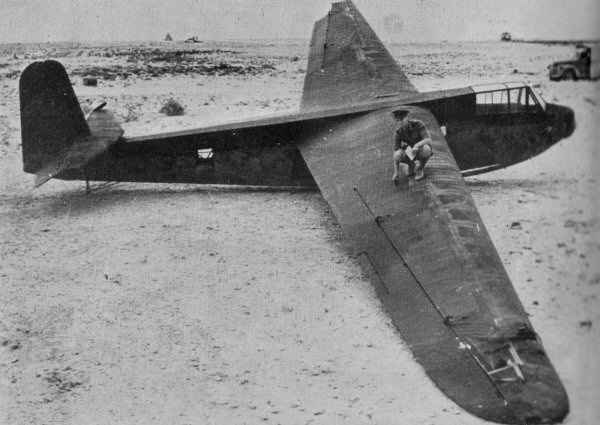
At 4:30 AM on May 10, 1940, an armada of 42 gliders took off from an airport in Cologne, carrying 493 parachute commandos. They maintained radio silence, as they approached the Belgian border. This was the first glider-bourne attack in history.
The force tasked with assaulting the fort and capturing the three bridges was formed from elements of the 7th Air Division and the 22nd Airlanding Division and was named Sturmabteilung Koch (Assault Detachment Koch) after the leader of the force, Hauptmann Walter Koch.
The attack also introduced the use of shaped charges, explosive charges shaped to focus the effect of the explosive’s energy.
3. A bridge close enough
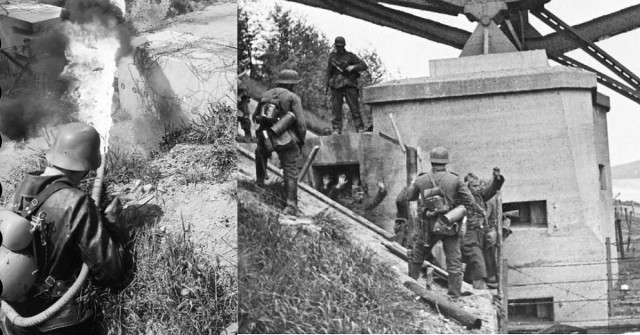
The operation was in full effect. The three bridges ― Veldwezelt, Vroenhoven, Kanne were attacked in a sudden strike before 6 AM. Two of the 30 gliders (carrying approximately 300 soldiers) used for securing the bridges detached prematurely, causing one to land in Germany and the other in Netherlands.
The bridges Veldwezelt and Vroenhoven were taken by surprise and the attackers managed to cut off the wires connected to the demolition charges, thus saving them for future use. In both cases, there were several Belgian counter-attacks that delayed reinforcements for almost eight hours. By that time, the two groups suffered a significant number of casualties but managed to hold on with the assistance of several Ju 87 Stukas that were designated as air support.
The Belgians defending the third bridge at Kanne were already alarmed and detonated the bridge while the gliders were landing under heavy AA fire. Three assault groups designated of taking the bridges had 37 dead and 80 wounded in the aftermath of the battle. Nevertheless, the action was deemed extremely successful by the high command and Hitler himself.
2. Battle for Fort Eben Emael
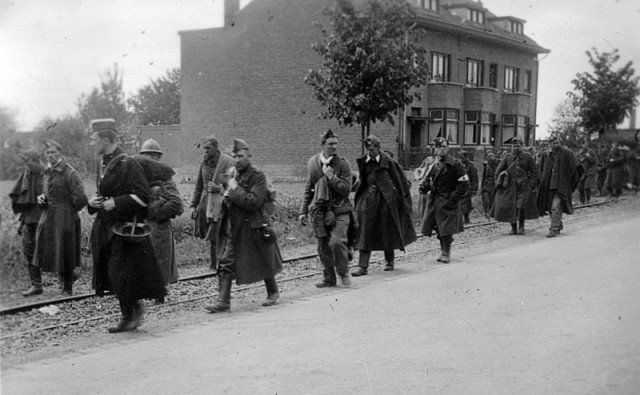
While the battle for the bridges was raging in which elements of the Belgian 7th Infantry Division clashed with 300 German Fallschirmjaeger troops, nine gliders stormed the fort. They landed on the flat roof of the fortress, covered in grass.
This daring landing took months to perfect. Using barbwire to slow down the gliders once they reached the ground and a large parachute to halt them on a relatively short “runway”, the commandos disembarked immediately and in the following minutes began placing shape charges on strategic points such as gun emplacements and cupolas.
Flamethrowers were used on bunkers, subsequently causing panic among the Belgians who were forced to retreat and regroup. The fort was beheaded with multiple successful charges within minutes. The CO of the operation, Oberleutnant Rudolf Witzig, was delayed, as his initial glider detached prematurely and landed in Germany. He arrived via the second glider and also landed on the top of the fort.
The Belgians managed to counter the Germans with some artillery support, but that did more harm than good to the troops staging the counter attack. The airborne troops were in a stage of finding and destroying all possible exits, thus capturing the main part of the garrison in the belly of the fort.
They held them pinned down until they were relieved by the 51st Engineer Battalion, who arrived several hours later than expected due to heavy Belgian resistance on the nearby river Meuse. The fort garrison surrendered on May 11, 1940, suffering 60 men dead and 40 wounded. Even though they outnumbered the Germans, the Belgians were completely incapable of coordinating a counter attack due to superior tactical planning and execution by the invading force.
1. The Gates of France
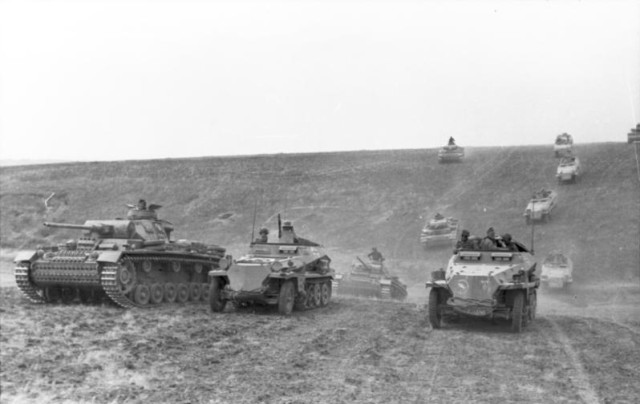
The capture of the bridges and the neutralization of the artillery pieces in the Fort allowed infantry and armor from the 18th Army to bypass other Belgian defenses and enter the heart of Belgium.
A number of officers and non-commissioned officers were awarded the Knight’s Cross of the Iron Cross for their participation in the operation, including Lieutenant Rudolf Witzig who led the assault on Fort Eben-Emael.
Most importantly, in the following months, the Maginot Line became useless, as Hitler’s forces managed to coordinate a successful invasion of France without encountering the feared defense line.
